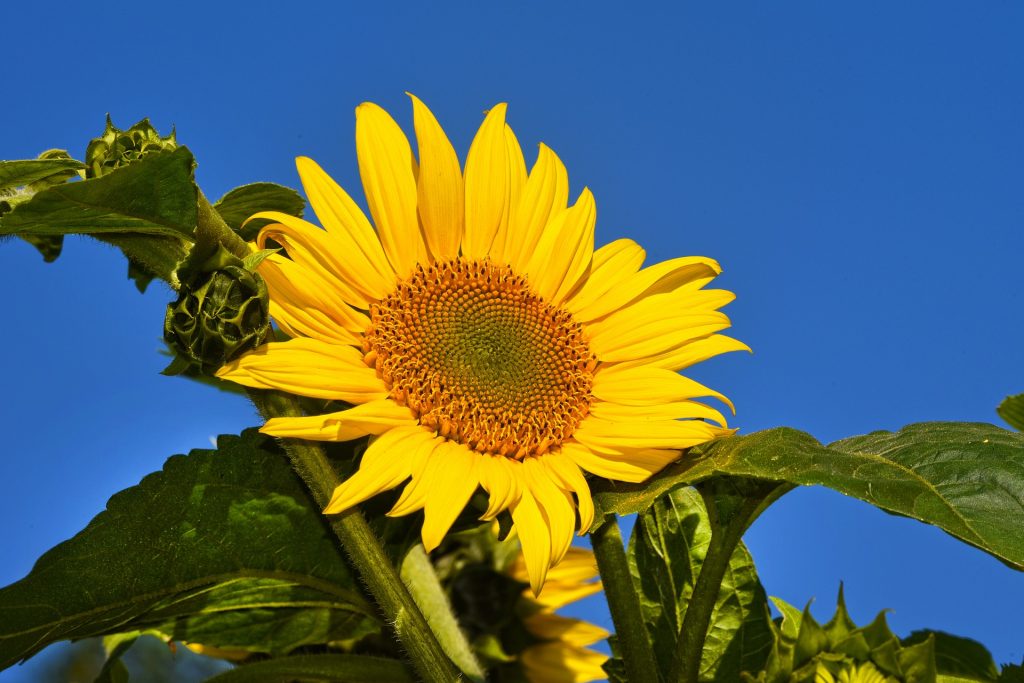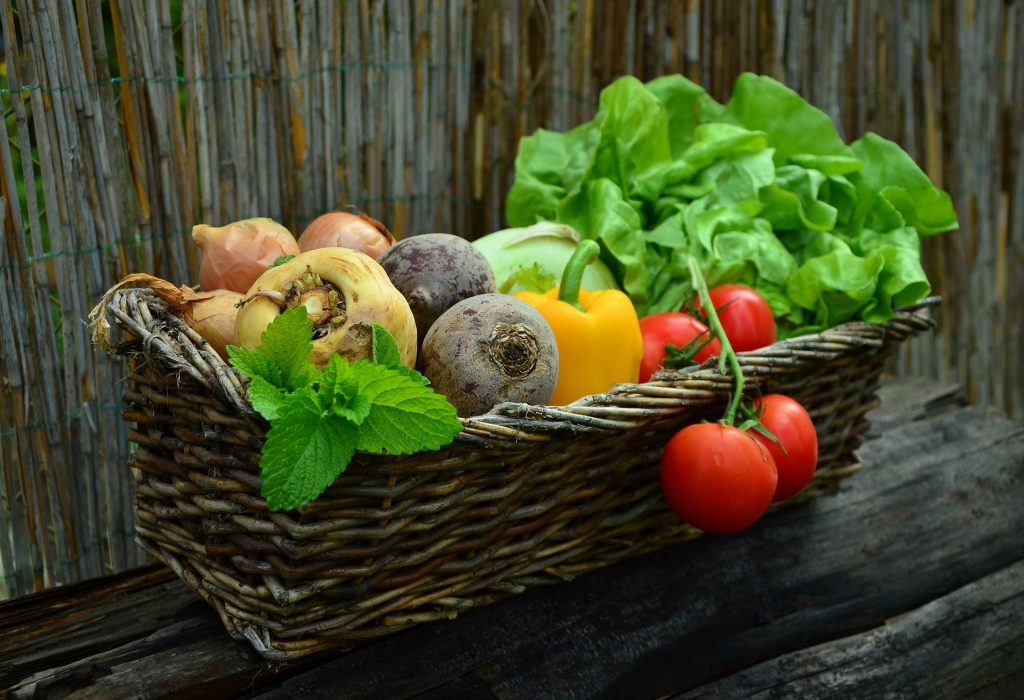BY JEANETTE MARANTOS, LOS ANGELES TIMES
An annual is a plant that lives and dies in one growing season. A perennial regrows and reblooms year after year.
In our busy world, why plant anything but perennials?
Because annuals are the backbone of our edible plants, said professional gardener Lauri Kranz, owner of Edible Gardens L.A.
“If you like to eat, you have to grow annuals,” Kranz said. “But there’s definitely a movement now toward having a balance of annuals and perennials in the vegetable garden.”
When you go to nurseries, check the label to determine whether a plant is an annual or a perennial or ask for assistance. Most shrubs and California native plants are perennials, although some, such as California poppies and other wildflowers, are annuals that reseed every year once they are established. Many flowers and vegetables are annuals that put their all into producing flowers, fruit and seed in a single season.

SUBMITTED PHOTO
Rhododendron
Perennials
Edible perennials include blueberries, artichokes, asparagus, rhubarb, fruit trees and vines (grapes, for example), berry plants and woodier herbs such as sage, thyme, rosemary, marjoram and oregano.
“Once established, they require less care, day in and day out, than annual vegetables,” Kranz said, “and they are heartier as a rule. You don’t have as many critter problems with perennials.”
Kranz will sometimes plant her tender annual seedlings inside a hedge of fragrant rosemary and large-leaved artichokes, which are unappealing to rodents, opossums and other animals that love to graze on young plants.
Perennials grow slowly their first year but come into their own in subsequent seasons. Don’t be discouraged in the fall when your perennials (such as blueberries) lose their leaves or die back completely, as artichokes do. Just add a layer of compost to the soil and wait a few weeks for new leaves to emerge.
Because your perennial doesn’t reach its full size for two or more years, make sure you choose a location with sufficient space. Research or check the label when you buy your plant, then plan accordingly so it doesn’t crowd other plants.
Other notes about perennials: Artichokes grow very large and are particularly dramatic in edible gardens when you let some of their buds (the part you eat when the leaves are tightly closed) develop into spectacular purple blooms. (Watch bees go crazy rolling in the flower’s generous pollen.)
Blueberries require a moist, acidic soil, so if your soil is more alkaline, you’re better off growing them in large half-barrel containers in an acidic potting soil. For even better results, connect them to a consistent drip irrigation system.
Annuals
Annuals are where the action is if you want lots of vegetables and flowers, Kranz said. She grows lots of both on her new organic urban farm.
Many annuals — such as wildflowers, cilantro, sunflowers, cucumber, squash and leafy greens (for example, kale, chard, lettuce and arugula) — do well started from seed, but growers like Kranz and Yvonne Savio, creator of the Gardening in L.A. blog, recommend planting seedlings as well, when available, to give you a head start on harvests.
Try mixing flowers with your edibles, Kranz said. They beautify the garden while attracting bees and other beneficial insects.
Lettuce, peas, parsley and broccoli thrive in cooler temperatures and need only about five hours of sunlight a day. Such crops tend to wither and/or go to seed when temperatures get too hot, so they are best planted in mid-fall for harvest in late winter or early spring.
Warm-season annuals such as tomatoes, cucumbers and sunflowers need lots of sunlight and heat (along with consistent watering) to flourish and produce. The plants won’t grow until the soil warms to around 60 F.
Choose your garden plants based on the foods you like to eat, Kranz said, and try different varieties to see which grow best in your area. Also prioritize your planting based on the size of your garden. You may love cauliflower, for instance, but unless you have lots of room, it may not be practical because it’s a large annual that produces just a single head per plant. But broccoli will give you a bigger bang for your buck; the plants keep producing small tender florets once you cut off the main head.
Check your favorite nursery to get a good idea about what plants grow best in your region.

SUBMITTED PHOTO
Sunflower
For beginners
For cool-season edibles: Kranz and Savio recommend easy-to-grow annuals such as broccoli, radishes, lettuce, chard, kale, parsley and peas during the cool season. Plant seeds but also buy a few seedlings to speed up and stagger your harvest. And try different varieties to see which ones grow best in your soil and best suit your tastes. You’ll know your greens are done when the leaves turn bitter and the plant produces a tall flower stalk and goes to seed. That’s not all bad. Arugula flowers, for instance, are beautiful and as tasty as the leaves.
For cool-season flowers: Flowers are an integral part of Kranz’s gardens. Among her favorites are poppies, both the bright orange California native annuals that bloom and reseed themselves every year and more exotic poppies, such as breadseed, peony and Jimi’s Flag poppies. She keeps an eye on the weather forecast and tries to scatter poppy seeds just before a rain, so the tiny seeds can get watered into the soil.
Other cool-season favorite flowers are sweet peas, which produce tons of fragrant, colorful flowers that require staking; bachelor buttons; and nigella, which Kranz said reminds her of fairy flowers.
For warm-season edibles: Again, consider how much space you have and prepare to plant thickly, Kranz said. Tomatoes are a summer must, but grow these from seedlings and try different varieties to stagger your harvest. Sweet cherry tomatoes such as Sungold, one of her favorites, will produce more abundantly and quickly than heirloom tomatoes, which can take many more weeks to set fruit and ripen.
Other good summer crops for beginners: summer squash, hot peppers (bell peppers can be tricky, unless you try baby bells, she said), cucumbers (which need support, such as a trellis) and green beans, which don’t need staking as long as you choose bush varieties. Corn and pumpkins are fun and easy to grow from seed, Kranz said, but require a lot of space. If you have room, try putting them in the same space with beans, which use the corn for support and add nitrogen to the soil.
For warm-season flowers: Sow flowers throughout your garden to make it pretty and to encourage beneficial insects. Kranz always plants African basil seedlings and lets them bloom because the fragrant purple stalks are bee magnets. Sunflower, cosmos and fennel can be planted from seed.
Dahlias are one of her favorite summer flowers. They grow from bulbs that must be dug up each fall in colder parts of the country. Dahlia blooms come in a variety of colors and sizes, but Kranz said she purchases organic bulbs.




